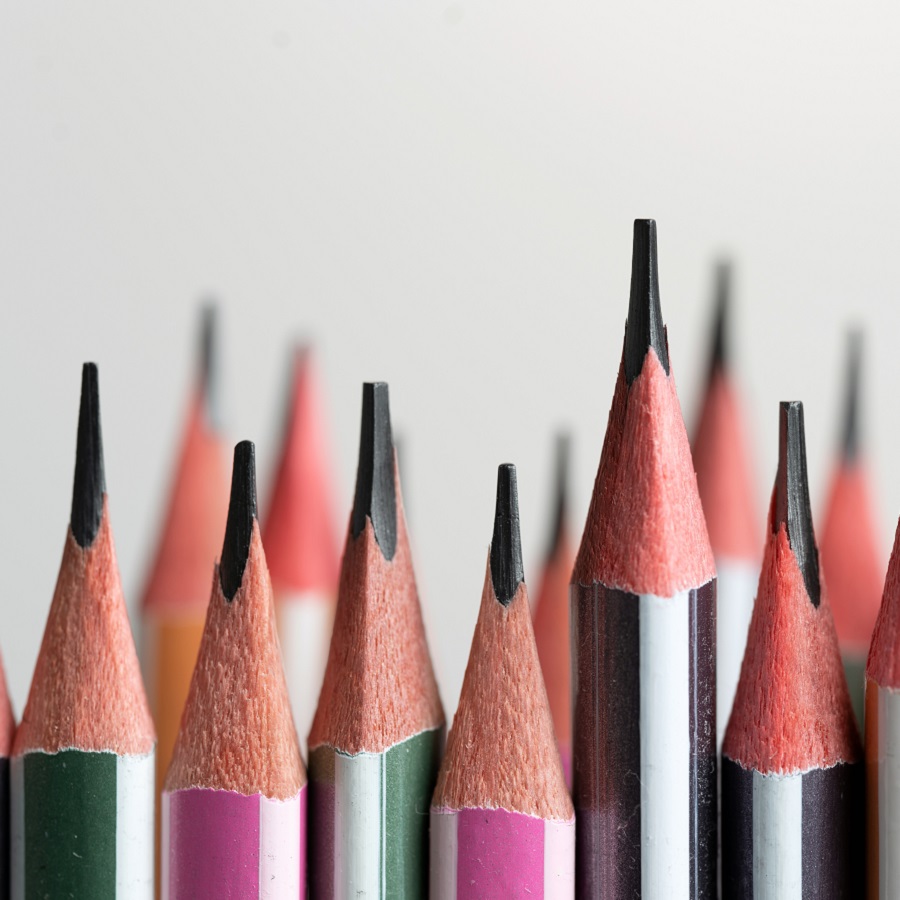Pencil sketch drawing is a timeless art form that allows artists to capture the world around them with remarkable detail and depth. Whether you’re a beginner or an experienced artist, mastering the art of pencil sketching can open up a world of creative possibilities. In this article, we’ll explore the essentials of pencil sketch drawing, from choosing the right tools to mastering key techniques.
Choosing the Right Pencils for Your Sketch
When it comes to pencil sketch drawing, selecting the right pencils is crucial. The most commonly used pencil grades include 2H, H, B, 2B, 4B, 6B, and 8B. Each grade offers unique qualities that cater to different aspects of your drawing.
-
2H
: Ideal for light areas and fine details, 2H pencils are hard and perfect for outlining and precise work. -
H
: Slightly harder than 2H, H pencils are great for highlighting and detailing. -
B
: Softer than H, B pencils are excellent for shading and creating depth in darker areas. -
2B
: A balanced choice, 2B pencils are versatile for mid-tones and shading transitions. -
4B
: Suitable for deeper shadows, 4B pencils provide a softer texture for rich shading. -
6B
: Perfect for extensive shading and dark areas, 6B pencils offer a very soft texture for quick coverage. -
8B
: For the darkest shadows, 8B pencils are extremely soft, allowing for intense shading effects.
For beginners, mastering these basic grades is essential. More advanced grades like 10B and 12B can be explored later as your skills develop. For a comprehensive selection of colored pencils, consider visiting
durzerd.com
, where you can find a wide range of options to suit your artistic needs.

Mastering Basic Techniques
Once you have your pencils ready, it’s time to dive into the basics of pencil sketch drawing. Start with simple line exercises to get a feel for the pencil’s movement on paper. Practice drawing basic shapes and gradually move on to more complex forms.
Shading is another critical aspect of pencil sketching. Experiment with different shading techniques, such as hatching, cross-hatching, and blending, to create depth and dimension in your drawings. For a deeper understanding of shading techniques, visit artistsnetwork.com for detailed tutorials and tips.
Exploring Advanced Techniques and Styles
As you become more comfortable with the basics, you can start exploring advanced techniques and styles. Focus on enhancing details and mastering the art of capturing light and shadow. Different styles, such as realism, impressionism, and abstract, offer unique challenges and opportunities for creativity.
For those looking to expand their artistic horizons,
cpencils.com
offers a variety of pencil sketch drawing supplies, including specialized pencils and paper, to help you achieve your artistic vision.

Applying Your Skills in Real-World Scenarios
Practical application is key to mastering pencil sketch drawing. Whether you’re sketching landscapes, portraits, or still life, applying your skills in real-world scenarios will enhance your proficiency. Consider participating in local art workshops or online courses to gain feedback and improve your techniques.
For instance, many artists find inspiration in nature, using their pencil sketch skills to capture the beauty of the outdoors. By regularly practicing and experimenting with different subjects, you’ll develop a unique style and a deeper appreciation for the art of pencil sketching.



